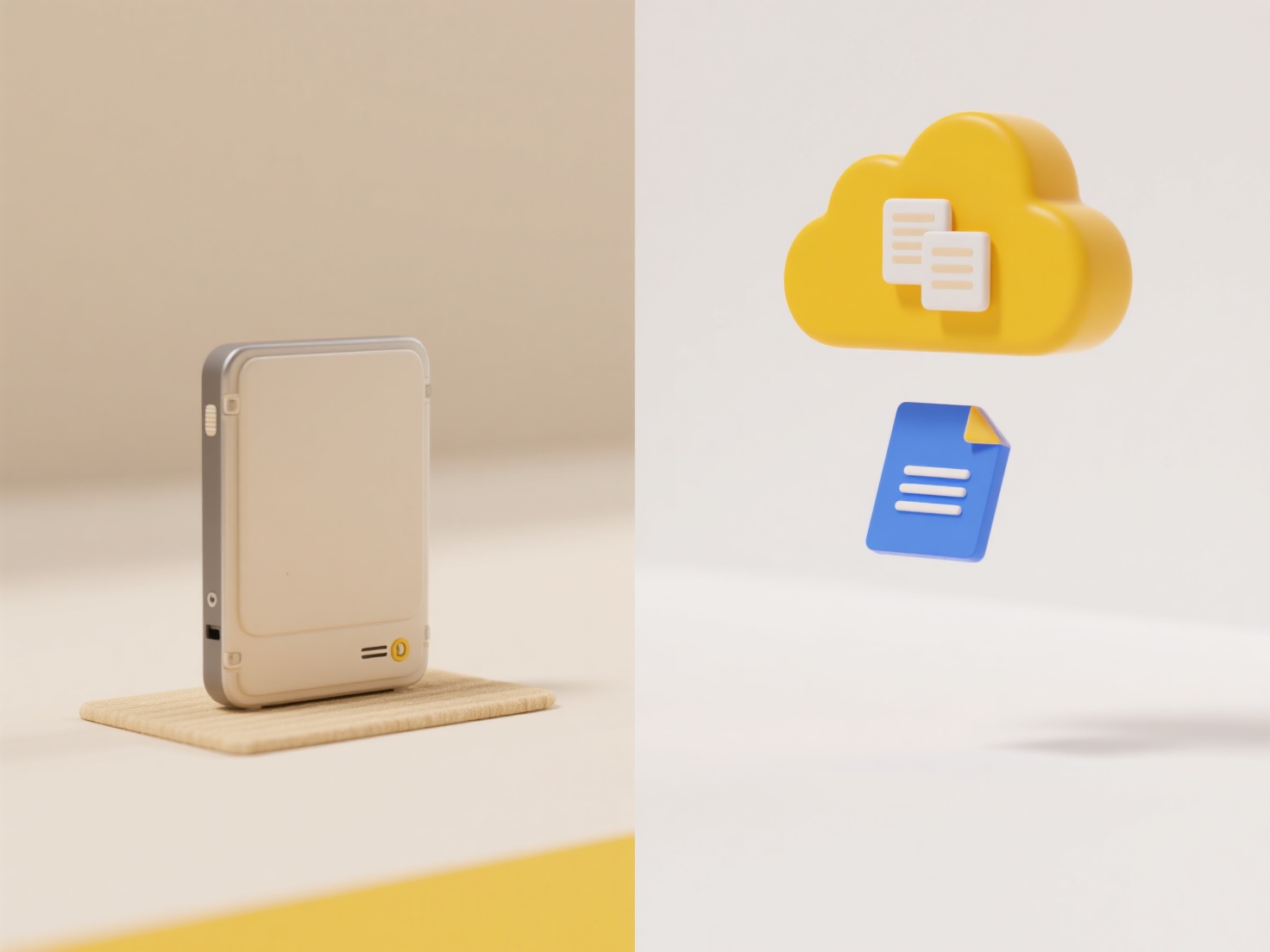
Handling duplicates with similar content but different names involves identifying and managing entities or data entries that represent the same core information but are labeled inconsistently. It differs from detecting exact duplicates because it requires recognizing semantic similarity despite variations in naming conventions, often using techniques like fuzzy matching, natural language processing (NLP), or entity resolution algorithms that compare attributes beyond just the name.

In practice, this is crucial in database management to merge customer records where "John Smith" and "J. Smith" refer to the same person. Search engines also employ this to group near-identical articles on the same topic published under different headlines, ensuring users see consolidated results. E-commerce platforms use it to link the same product sold by various retailers under different listing titles.
The main advantage is significantly improved data accuracy, integrity, and user experience by preventing redundant information. However, limitations include the risk of incorrect merges (false positives) if algorithms aren't finely tuned, potentially leading to data loss or misrepresentation. Ethical considerations involve transparency in how automated decisions affect content visibility or data grouping. Future advances in AI promise greater accuracy in semantic understanding.
How do I handle duplicates with similar content but different names?
Handling duplicates with similar content but different names involves identifying and managing entities or data entries that represent the same core information but are labeled inconsistently. It differs from detecting exact duplicates because it requires recognizing semantic similarity despite variations in naming conventions, often using techniques like fuzzy matching, natural language processing (NLP), or entity resolution algorithms that compare attributes beyond just the name.

In practice, this is crucial in database management to merge customer records where "John Smith" and "J. Smith" refer to the same person. Search engines also employ this to group near-identical articles on the same topic published under different headlines, ensuring users see consolidated results. E-commerce platforms use it to link the same product sold by various retailers under different listing titles.
The main advantage is significantly improved data accuracy, integrity, and user experience by preventing redundant information. However, limitations include the risk of incorrect merges (false positives) if algorithms aren't finely tuned, potentially leading to data loss or misrepresentation. Ethical considerations involve transparency in how automated decisions affect content visibility or data grouping. Future advances in AI promise greater accuracy in semantic understanding.
Quick Article Links
Why does my browser download a .webp instead of .jpg?
WebP is a modern image format created by Google that offers better compression than JPG. This means smaller file sizes a...
What happens if the same file is edited locally and in the cloud?
When the same file is modified locally on a device and simultaneously in the cloud (e.g., via a web app or another devic...
How do I organize brainstorming files or notes?
Organizing brainstorming files or notes means systematically structuring the raw ideas, concepts, and visual elements ge...